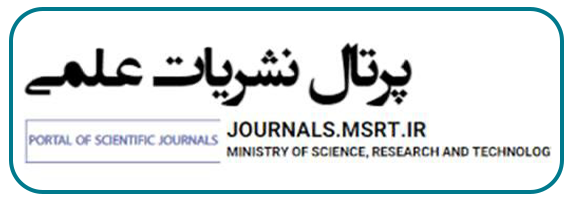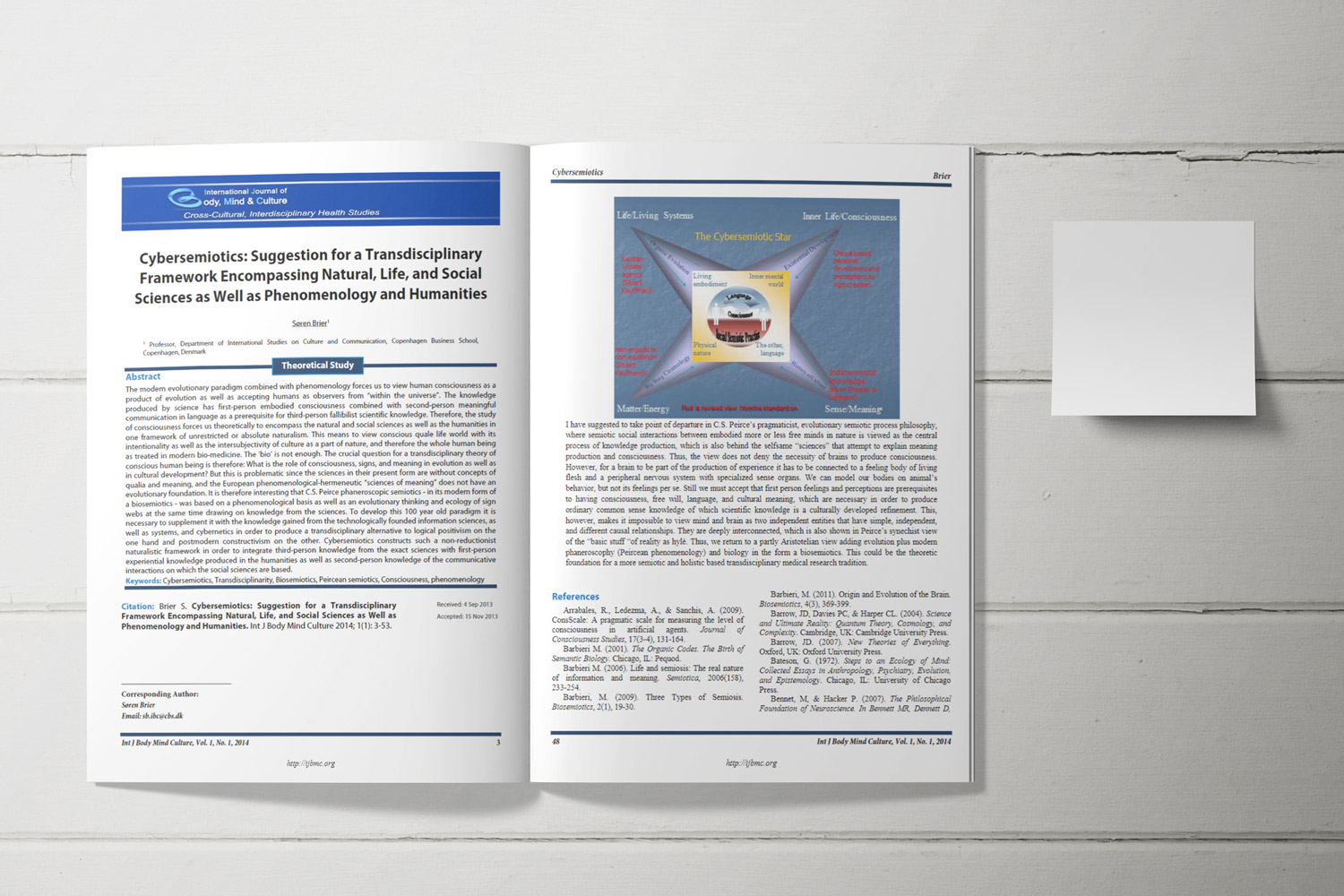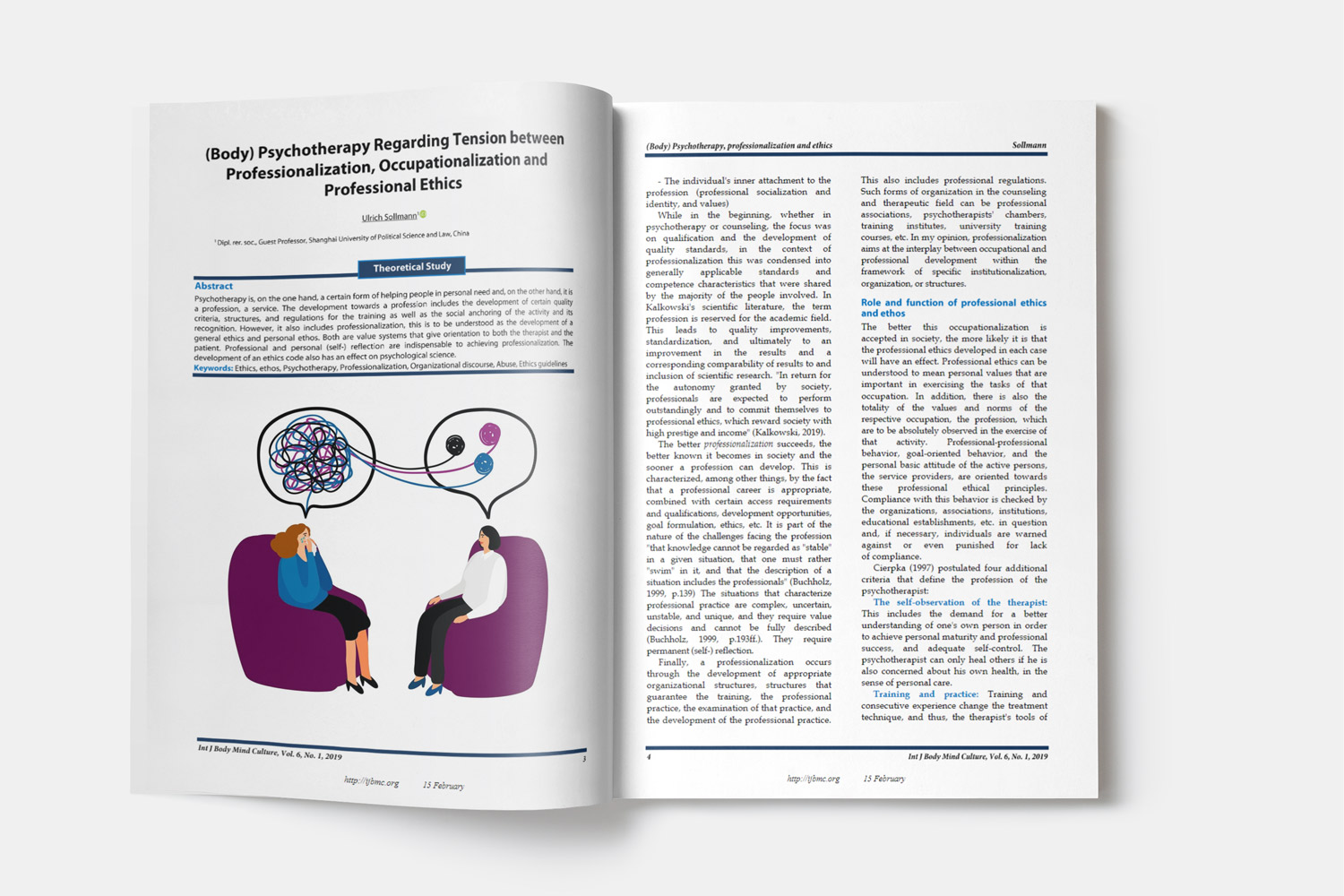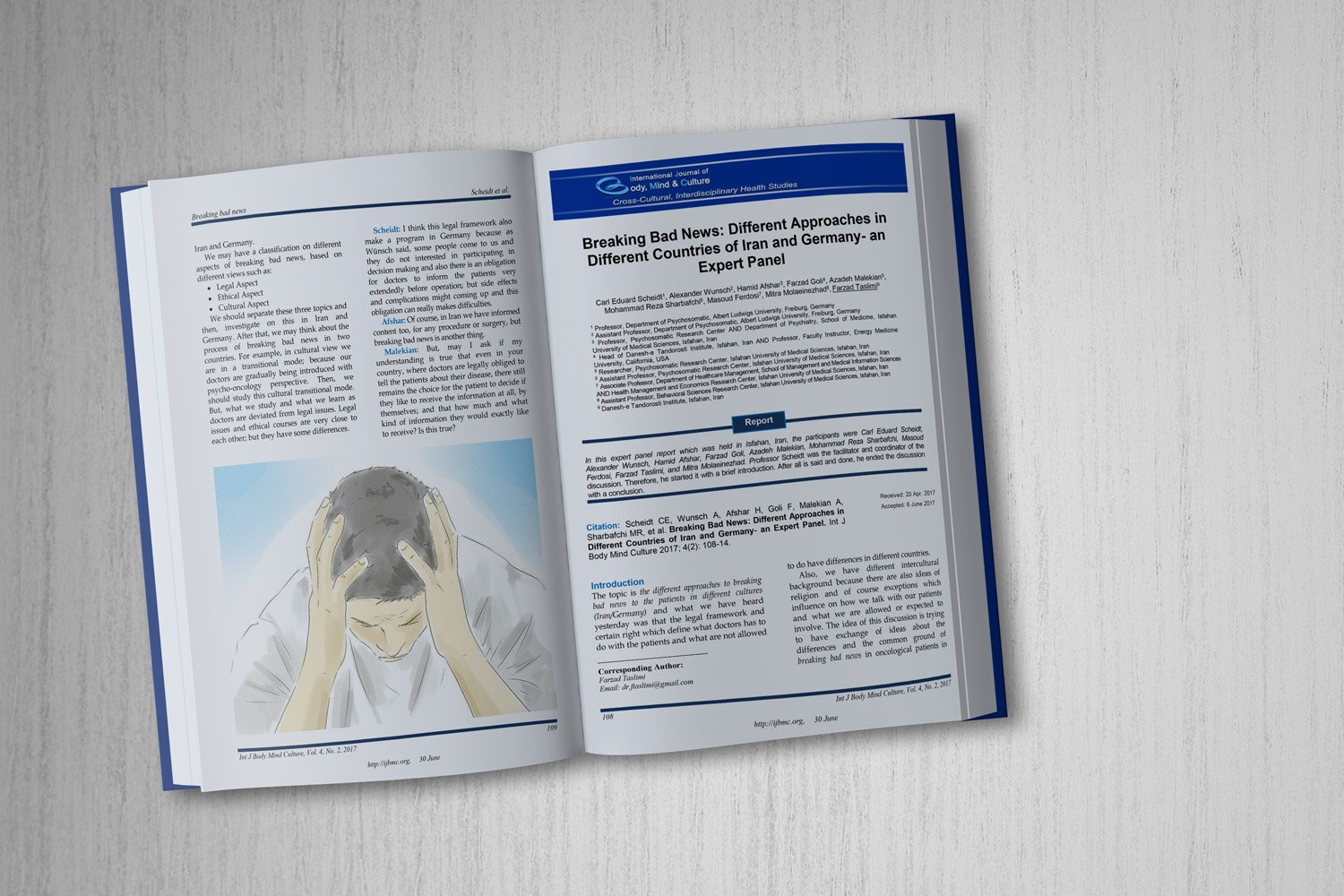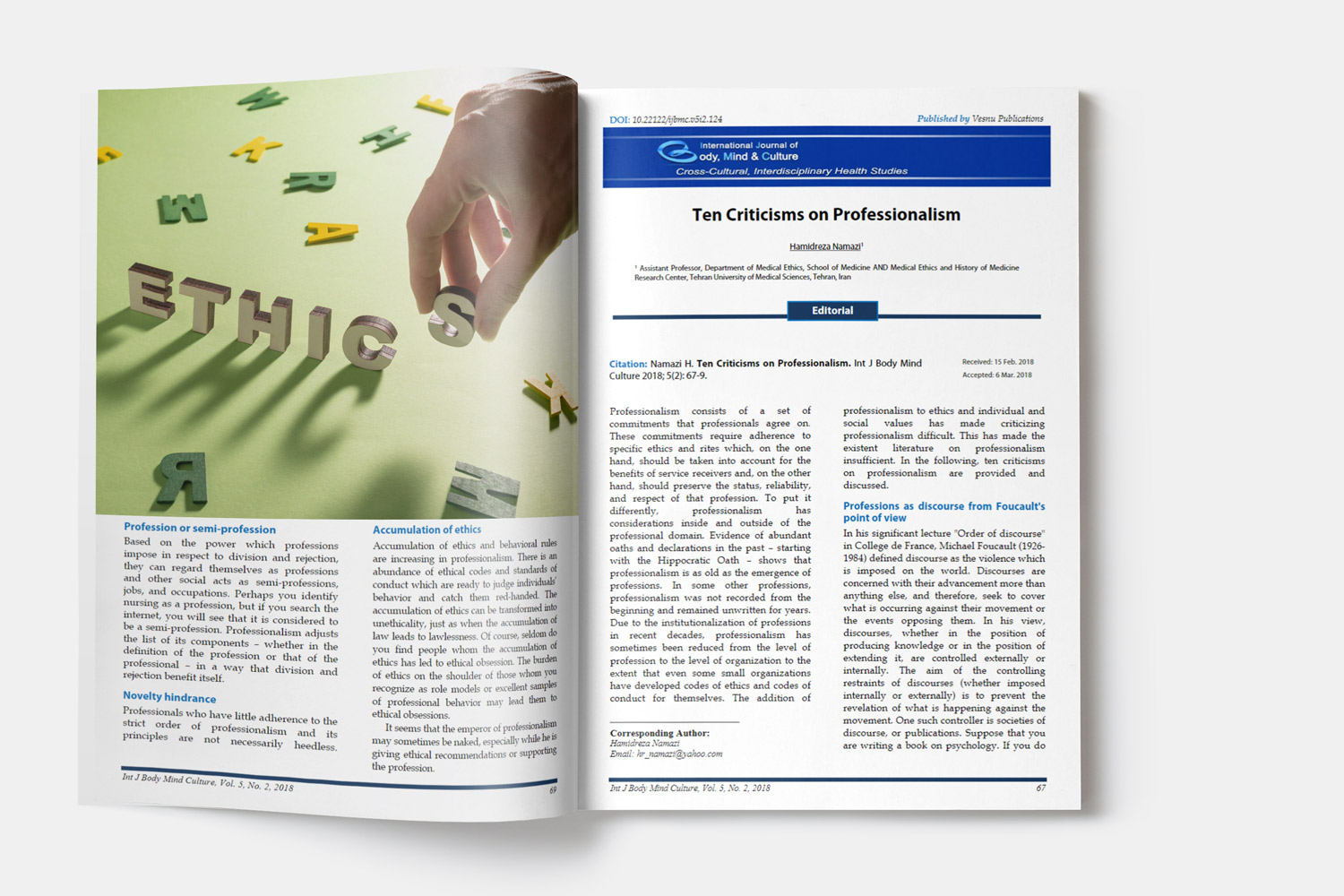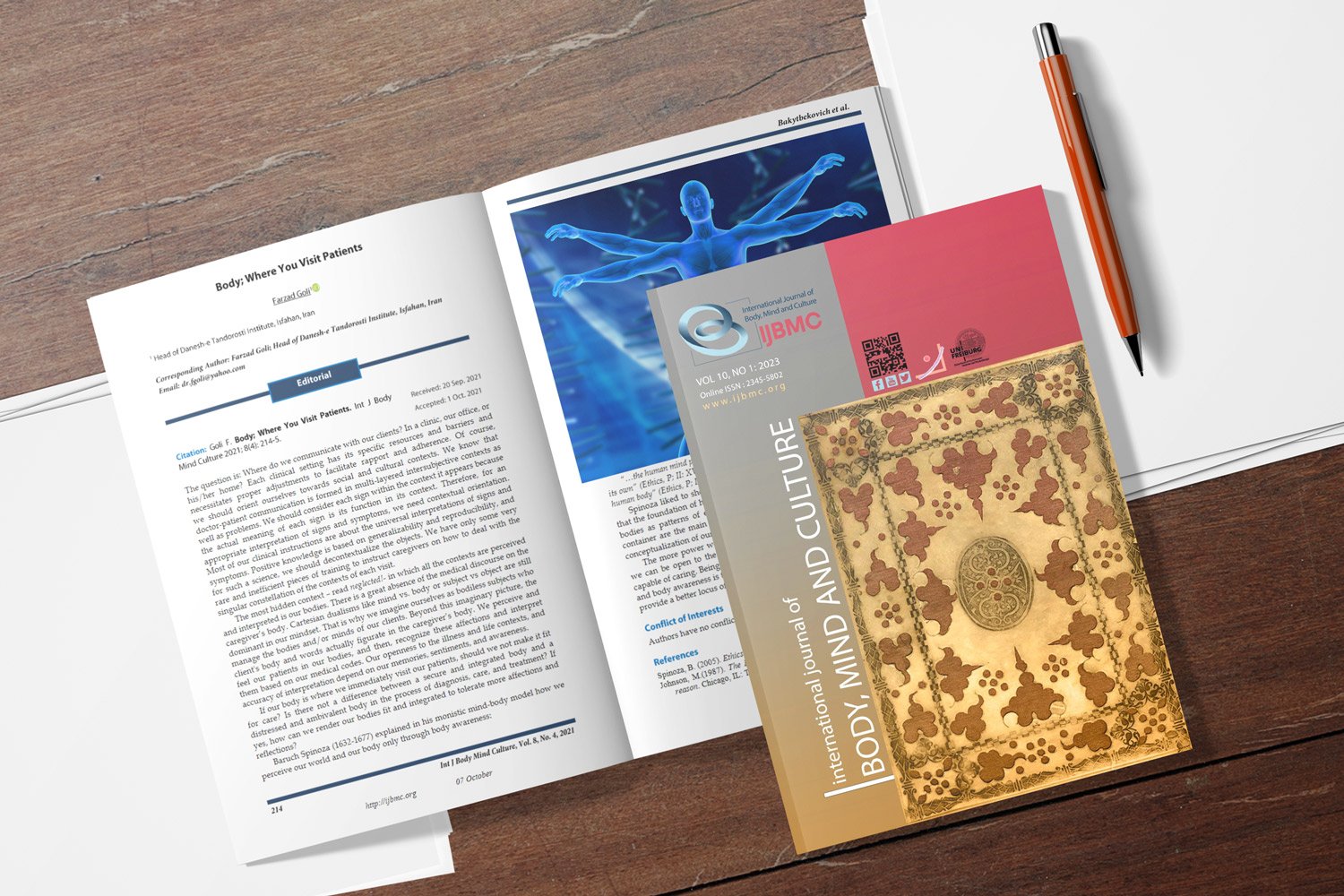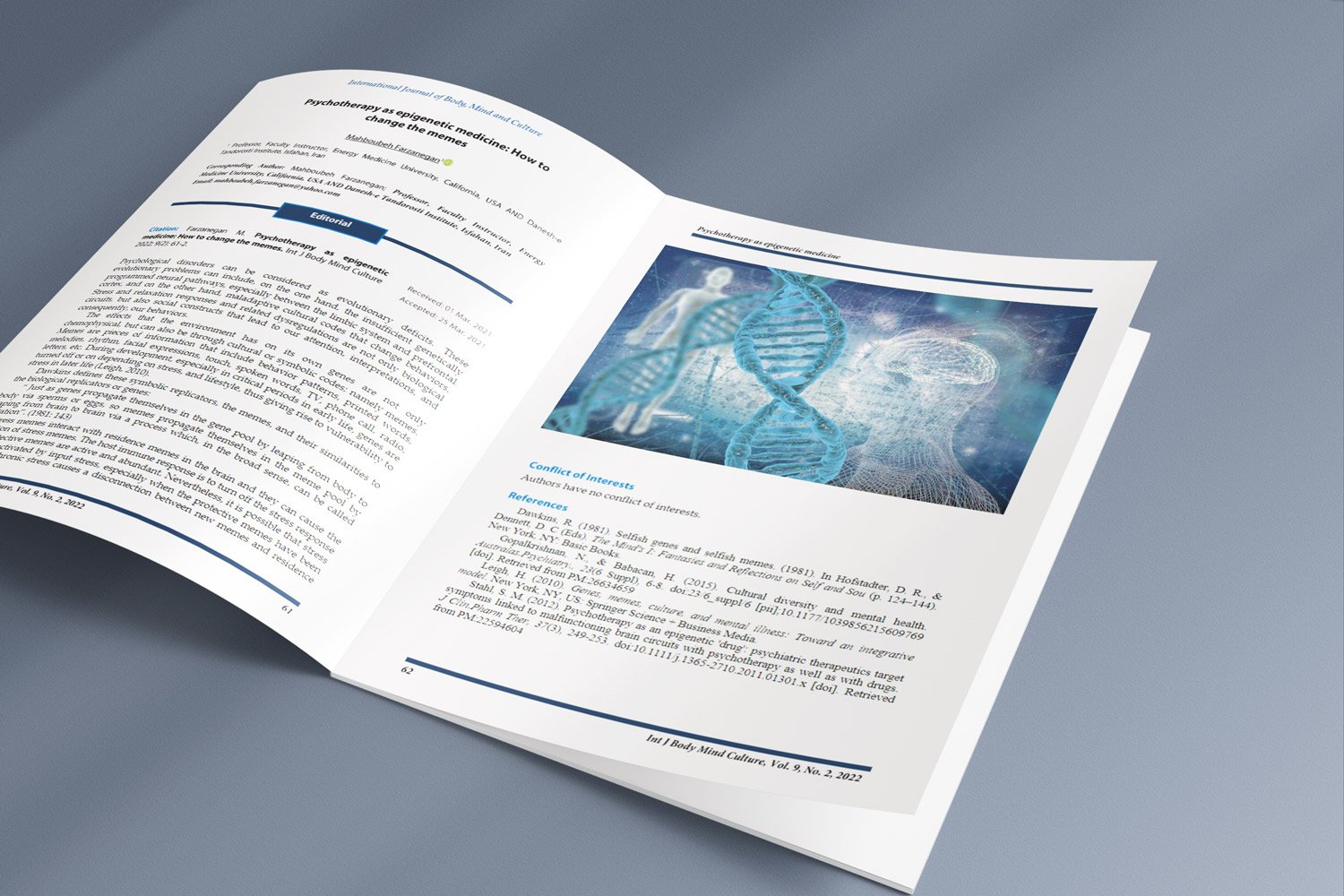EEG-Based Analysis of Consumer Neurological Responses to Energy Drink Brands: A Cross-Cultural Study in Iran and Malaysia
Downloads
Objective: This study investigates the differences in brain physiological responses (BPR) of Iranian and Malaysian consumers when exposed to energy drink brands.
Methods and Materials: A sample size of 24 participants was selected using G*Power software. Data were extracted using brain mapping software and analyzed through mixed ANOVA.
Findings: The results showed that Iranian participants exhibited greater brainwave changes in response to the Hype and Rockstar brands. In contrast, Malaysian participants demonstrated stronger brain responses to the Red Bull and Monster brands. Changes in alpha and gamma waves highlighted their significance as indicators for studying consumer responses in different cultures. This study demonstrates the value of EEG-based neuromarketing in identifying cultural differences in consumer behavior. Variations in brain physiological responses between Iranian and Malaysian participants reveal the impact of cultural preferences on brand perception. Alpha and gamma wave changes emerge as key indicators, providing insights for creating culturally tailored marketing strategies.
Conclusion: The findings underscore the significance of understanding the neural correlates of consumer preferences and encourage further investigation into the cultural influences on consumer responses to advance the field of neuromarketing.
Downloads
Alsharif, A. H., Salleh, N. Z. M., Abdullah, M., Khraiwish, A., & Ashaari, A. (2023). Neuromarketing tools used in the marketing mix: A systematic literature review and future research agenda. Sage Open, 13(1), 21582440231156563. https://journals.sagepub.com/doi/abs/10.1177/21582440231156563
Alsharif, A. H., Salleh, N. Z. M., Al-Zahrani, S. A., & Khraiwish, A. (2022). Consumer Behaviour to Be Considered in Advertising: A Systematic Analysis and Future Agenda. Behavioral Sciences, 12(12), 472. https://doi.org/10.3390/bs12120472
Andersen, C. A., Kring, M. L., Andersen, R. H., Larsen, O. N., Kjær, T. W., Kidmose, U., Møller, S., & Kidmose, P. (2019). EEG discrimination of perceptually similar tastes. Journal of Neuroscience Research, 97(3), 241-252. https://doi.org/10.1002/jnr.24281
Ariffin, H., Chong, X. Q., Chong, P. N., & Okechukwu, P. N. (2022). Is the consumption of energy drinks beneficial or detrimental to health: a comprehensive review? Bulletin of the National Research Centre, 46(163). https://doi.org/10.1186/s42269-022-00829-6
Balconi, M., Stumpo, B., & Leanza, F. (2014). Advertising, brand and neuromarketing or how consumer brain works. Neuroscience and Behavioral Reviews, 47, 121-135. https://doi.org/10.7358/neur-2014-016-balc
Balconi, M., Venturella, I., Sebastiani, R., & Angioletti, L. (2021). Touching to Feel: Brain Activity During In-Store Consumer Experience [Brief Research Report]. Frontiers in Psychology, 12. https://doi.org/10.3389/fpsyg.2021.653011
Bettiga, D., Bianchi, A. M., Lamberti, L., & Noci, G. (2020). Consumers Emotional Responses to Functional and Hedonic Products: A Neuroscience Research Frontiers in Psychology. 11. https://doi.org/10.3389/fpsyg.2020.559779
Campbell, I. G. (2009). EEG Recording and Analysis for Sleep Research. Current Protocols in Neuroscience, 49(1), 10.12.11-10.12.19. https://doi.org/10.1002/0471142301.ns1002s49
Chen, T., Samaranayake, P., Cen, X., Qi, M., & Lan, Y. C. (2022). The Impact of Online Reviews on Consumers' Purchasing Decisions: Evidence From an Eye-Tracking Study. Frontiers in Psychology, 13. https://doi.org/10.3389/fpsyg.2022.865702
Daroch, B., Nagrath, G., & Gupta, A. (2021). A study on factors limiting online shopping behaviour of consumers. Rajagiri Management Journal, 15(1), 39-52. https://doi.org/10.1108/RAMJ-07-2020-0038
Deshmukh, N. P., Karne, S. S., Shinde, S. P., Shinde, D. D., & Fakira, K. S. (2022). Cross-Cultural Differences in Neuromarketing A Comparative Study. NeuroQuantology, 20(1), 1178. https://books.google.com/books?hl=fa&lr=&id=25Ew9KKsbQIC&oi=fnd&pg=PA313&dq=Cross-Cultural+Differences+in+Neuromarketing+A+Comparative+Study.+&ots=WM6KHkXQs6&sig=8q_SXCA0ZbFCmhiZx5N3kR8w3Zs
Embong, A. R. (2002). Malaysia as a Multicultural Society. Macalester International, 12(10). https://digitalcommons.macalester.edu/cgi/viewcontent.cgi?article=1268&context=macintl
Golnar-Nik, P., Farashi, S., & Safari, M. S. (2019). The application of EEG power for the prediction and interpretation of consumer decision-making: A neuromarketing study. Physiol Behav, 207, 90-98. https://doi.org/10.1016/j.physbeh.2019.04.025
Hakim, A., Klorfeld, S., Sela, T., Friedman, D., Shabat-Simon, M., & Levy, D. J. (2021). Machines learn neuromarketing: Improving preference prediction from self-reports using multiple EEG measures and machine learning. International Journal of Research in Marketing, 38(3SP - 770), 791. https://doi.org/10.1016/j.ijresmar.2020.10.005
Hsu, L., & Chen, Y. J. (2020). Neuromarketing, subliminal advertising, and hotel selection: An EEG study. Australasian Marketing Journal (Amj), 28(4), 200-208. https://doi.org/10.1016/j.ausmj.2020.04.009
Karami, M., Olfati, O., & Dubinsky, A. J. (2017). Key cultural values underlying consumers' buying behaviour: A study in an Iranian context. Journal of Islamic Marketing, 8(2), 289-308. https://doi.org/10.1108/JIMA-06-2015-0039
Khondakar, M. F. K., Sarowar, M. H., Chowdhury, M. H., Majumder, S., Hossain, M. A., Dewan, M. A. A., & Hossain, Q. D. (2024). A systematic review on EEG-based neuromarketing: recent trends and analyzing techniques. Brain Informatics, 11(1), 17. https://doi.org/10.1186/s40708-024-00229-8
Khushaba, R. N., Wise, C., Kodagoda, S., Louviere, J., Kahn, B. E., & Townsend, C. (2013). Consumer neuroscience: Assessing the brain response to marketing stimuli using electroencephalogram (EEG) and eye tracking. Expert Systems with Applications, 40(9), 3803-3812. https://doi.org/10.1016/j.eswa.2012.12.095
Mateusz, P., & Kesra, N. (2020). Cognitive neuroscience in the design process of social advertising. Procedia Computer Science, 176, 2959-2968. https://doi.org/10.1016/j.procs.2020.09.207
Moeenfard, M., Khaloo Kermani, P., Jaldani, S., & Sharif, A. (2021). Caffeine Determination in Various Types of Coffee Brews and Studying the Effect of QuEChERS Method on Its Extraction Compare to Conventional Approach. Iranian Food Science and Technology Research Journal, 17(1), 173-186. https://doi.org/10.22067/ifstrj.v17i2.86410
Morin, C. (2011). Neuromarketing: The new science of consumer behavior. Society, 48(2), 131-135. https://doi.org/10.1007/s12115-010-9408-1
Pereira, T., & Oliveira, A. (2021). The usefulness of the averaging rule in consumer studies: A partial replication with an eye at neuroeconomics. European Review of Applied Psychology, 71(5), 100718. https://doi.org/10.1016/j.erap.2021.100718
Plassmann, H., & Karmarkar, U. R. (2015). Consumer neuroscience: revealing meaningful relationships between brain and consumer behavior. In D. D. R. M. I. Norton & C. Lamberton (Eds.), The Cambridge Handbook of Consumer Psychology (pp. 152-179). https://doi.org/10.1017/CBO9781107706552.006
Plassmann, H., Ramsøy, T. Z., & Milica, B. (2015). Branding the brain: A critical review of the literature on neuroimaging in marketing. Journal of Consumer Research, 41(5), 142-1438. https://doi.org/10.1086/680218
Poole, R., Kennedy, O. J., Roderick, P., Fallowfield, J. A., Hayes, P. C., & Parkes, J. (2017). Coffee consumption and health: umbrella review of meta-analyses of multiple health outcomes. bmj, 359SP - j5024. https://doi.org/10.1136/bmj.j5024
Shaw, S. D., & Bagozzi, R. P. (2018). The neuropsychology of consumer behavior and marketing. Consumer Psychology Review, 1(1), 22-40. https://doi.org/10.1002/arcp.1006
Takahashi, T., Murata, T., Hamada, T., Omori, M., Kosaka, H., Kikuchi, M., Yoshida, H., & Wada, Y. (2005). Changes in EEG and autonomic nervous activity during meditation and their association with personality traits. Int J Psychophysiol, 55(2), 199-207. https://doi.org/10.1016/j.ijpsycho.2004.07.004
Vakil Alroaia, Y., & Nazari Ghazvini, S. (2021). Eye Tracking (Experimental design). Termeh. https://www.tobii.com/resource-center/learn-articles/eye-tracking-experiment-hypothesis-and-variables
Vecchiato, G., Babiloni, F., Astolfi, L., Toppi, J., Cherubino, P., Dai, J., Kong, W., & Wei, D. (2011). Enhance of theta EEG spectral activity related to the memorization of commercial advertisings in Chinese and Italian subjects. 2011 4th International Conference on Biomedical Engineering and Informatics (BMEI), 3, 1491-1494. https://doi.org/10.1109/BMEI.2011.6098615
Vecchiato, G., Cherubino, P., Trettel, A., & Babiloni, F. (2010). Neuroelectrical imaging and neuromarketing: A new avenue for understanding consumer behavior. Journal of Consumer Behaviour, 9(4), 293-304. https://doi.org/10.1002/cb.326
Copyright (c) 2025 International Journal of Body, Mind and Culture

This work is licensed under a Creative Commons Attribution-NonCommercial 4.0 International License.






